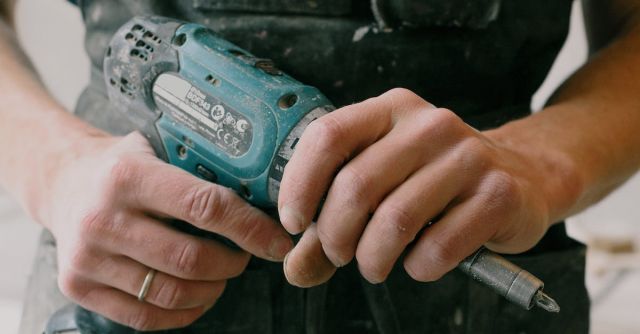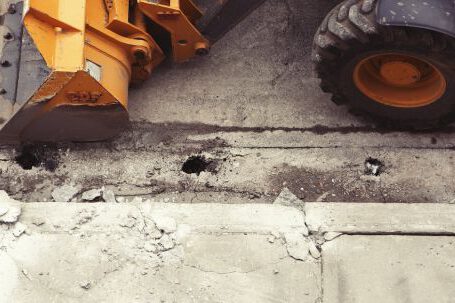Choosing the right safety boots can make or break your job performance. With the wide range of boots available, it’s important to understand the features and benefits of each type of boot and make sure that you select the right one for the job. This comprehensive guide will help you select the best safety boots for your job.
Understanding Safety Boot Features
The first step in selecting the best safety boots for your job is to understand the features available. Safety boots come in a variety of styles and materials, and each type of safety boot has its own set of features. Safety boots are typically made of leather or synthetic materials, and they may have additional features such as reinforced toes, slip-resistant soles, and waterproof membranes.
In addition to the material and features of safety boots, you should also consider the type of job you are doing and the environment in which you will be working. For example, if you are working in a wet environment, a waterproof membrane will be essential to keep your feet dry and comfortable. If you are working in a hazardous environment, a reinforced toe may be necessary to protect your feet from falling objects or sharp objects.
Selecting the Right Size and Fit
Once you understand the features available in safety boots, the next step is to select the right size and fit. Safety boots should be snug but not too tight, and they should allow your feet to move freely while still providing support and protection. It’s also important to select a size that allows you to wear thicker socks if necessary.
To ensure that you select the right size and fit, measure your feet and try on several different pairs of safety boots before making a purchase. When trying on the boots, make sure your toes have enough room to move and that the boots fit snugly around your ankles and feet. It’s also important to walk around in the boots before making a purchase to make sure they are comfortable and provide the support you need.
Evaluating Safety Boot Ratings
Safety boots are rated according to their ability to protect against various hazards. The ratings are based on testing conducted by the American Society for Testing and Materials (ASTM). The most common ratings are ASTM F2413-18, which is the standard for protective footwear, and ASTM F2892-18, which is the standard for slip-resistant footwear.
When selecting safety boots, it’s important to understand the ratings and make sure that the boots you choose meet the ASTM safety standards. It’s also a good idea to read customer reviews to get an idea of how the boots perform in real-world conditions.
Considering the Cost
Safety boots can vary widely in price, and it’s important to consider your budget when selecting the right boots. In general, higher-quality boots are more expensive, but they can also provide superior protection and comfort. It’s also important to remember that safety boots should be replaced regularly, so it may be worth investing in a higher-quality boot that will last longer.
Conclusion
Choosing the right safety boots can be a daunting task, but by understanding the features and benefits of each type of boot, selecting the right size and fit, evaluating safety boot ratings, and considering the cost, you can find the perfect safety boots for your job. By following this comprehensive guide, you can be sure that you select the best safety boots for your job.






